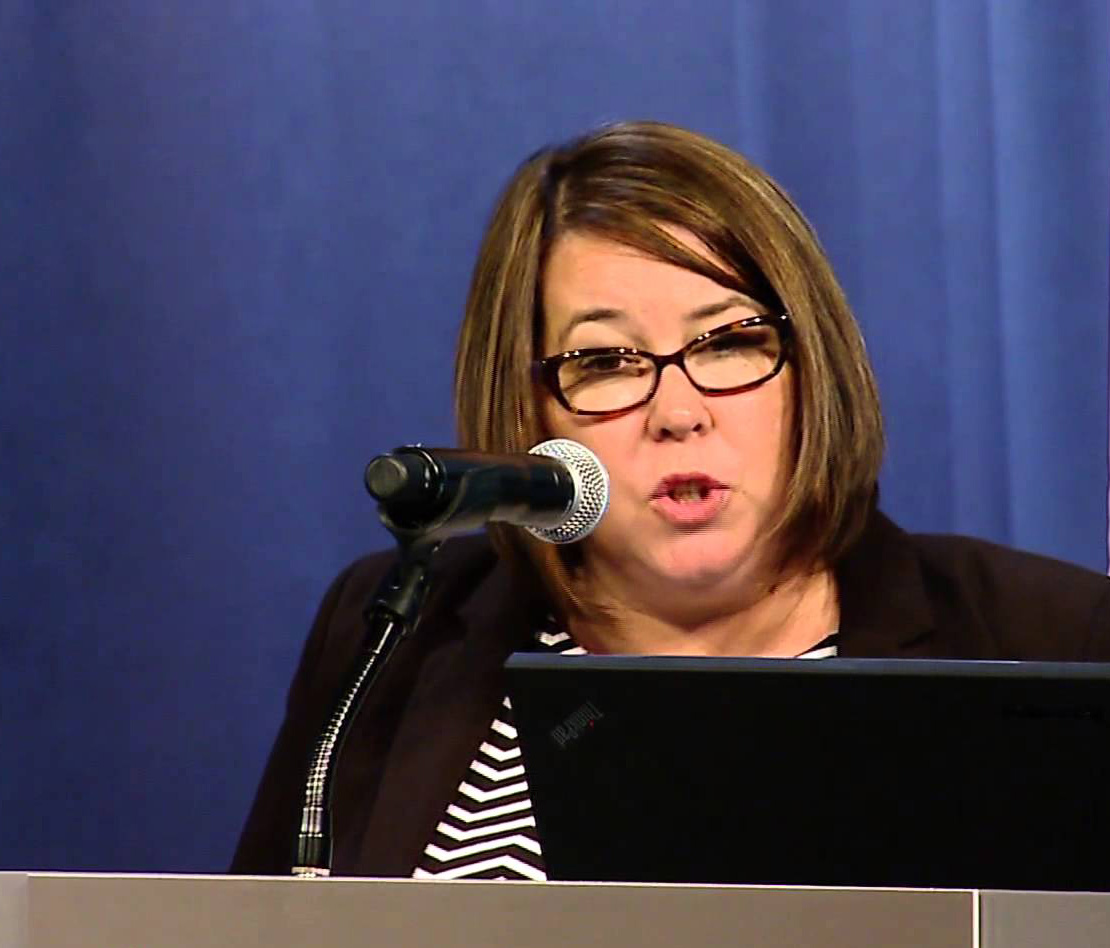
Kansans have a great opportunity to improve energy efficiency in Kansas. Kansas City Power & Light ( KCP&L) is proposing new energy efficiency programs for residential customers in 2017. Before the programs can roll out, they need approval from the Kansas Corporation Commission. This docket presents a great opportunity for YOU to impact the future of energy in Kansas.
Background
In accordance with Kansas Energy Efficiency Investment Act (KEEIA) legislation, KCP&L filed a request with the Kansas Corporation Commission (KCC) to offer energy efficiency programs to customers in Kansas beginning in early 2017. In Missouri, KCP&L released an additional nine new residential and business energy-efficiency programs, which reward customers with rebates and other incentives to help them save on their energy bills. If approved by the KCC, KCP&L will have energy-saving programs available for all of its customers. See KCP&L’s recent press release.
The KCC opened docket number 16-KCPE-446-TAR to address KCP&L’s request. The KCC granted the Climate + Energy Project (CEP) the right to intervene in the case. CEP will be participating fully in all technical conferences, providing expert written testimony and utilizing in person experts where appropriate.
Westar Energy is also intervening in this case, stating they are interested in “implementing additional energy efficiency programs in the future”. So while your stakeholders may not be impacted directly by KCP&L, it’s likely you have an interest in the precedent setting regulations under this docket.
Energy Efficiency in Kansas
Utilities across the United States invested more than $7 billion in energy efficiency in 2014. States are investing in efficiency investments through advancements in building energy codes, transportation planning, and leading by example in their own buildings. These investments in energy efficiency reap huge benefits, giving businesses, governments, and consumers more control over how and when they use energy. Efficiency saves money, drives investment across all sectors of the economy, creates jobs, and reduces the environmental impact of energy use.
In Kansas, utilities invested only .02% of utility revenues, around $900 thousand dollars in 2014. While the US median spending on energy efficiency is 1.09%. Kansas consistently ranks in the bottom five on the American Council for an Energy Efficient Economy (ACEEE) Scorecard. States who score well on the ACEEE scorecard generally have a lower average monthly residential bill. For example, Massachusetts has held the top spot on ACEEE rankings for five years, achieving electricity savings of over 2.4% in 2014. According to the U.S. Energy Information Administration, the average monthly residential electric bill in Massachusetts was $106.94, compared to $112.95 in Kansas.
For additional information download the overview here.
How Can You Support Kansas Energy Efficiency Investment Act (KEEIA)?
Many have asked how they can help support energy efficiency in Kansas and KCP&L’s present filing. It would be great if you send any comments you have directly to the Public Affairs office at the KCC. Please reference Docket No. 16-KCPE-446-TAR and state in your comments that you want your comments included as part of the record.
Here is the contact information:
Email: [email protected]
Toll Free Helpline: (800) 662-0027
Phone: (785) 271-3140
Fax: (785) 271-3111
TDD Kansas Relay Center: (800) 766-3777
Mail: KCC – Public Affairs & Consumer Protection, 1500 SW Arrowhead Rd., Topeka, KS 66604-4027
CEP is here to help with submission! To have comments submitted by CEP complete this form: (www.tinyurl.com/KCPLEE). The hearing will be in March.
Dorothy Barnett is Executive Director of the Hutchinson-based Climate and Energy Project.
